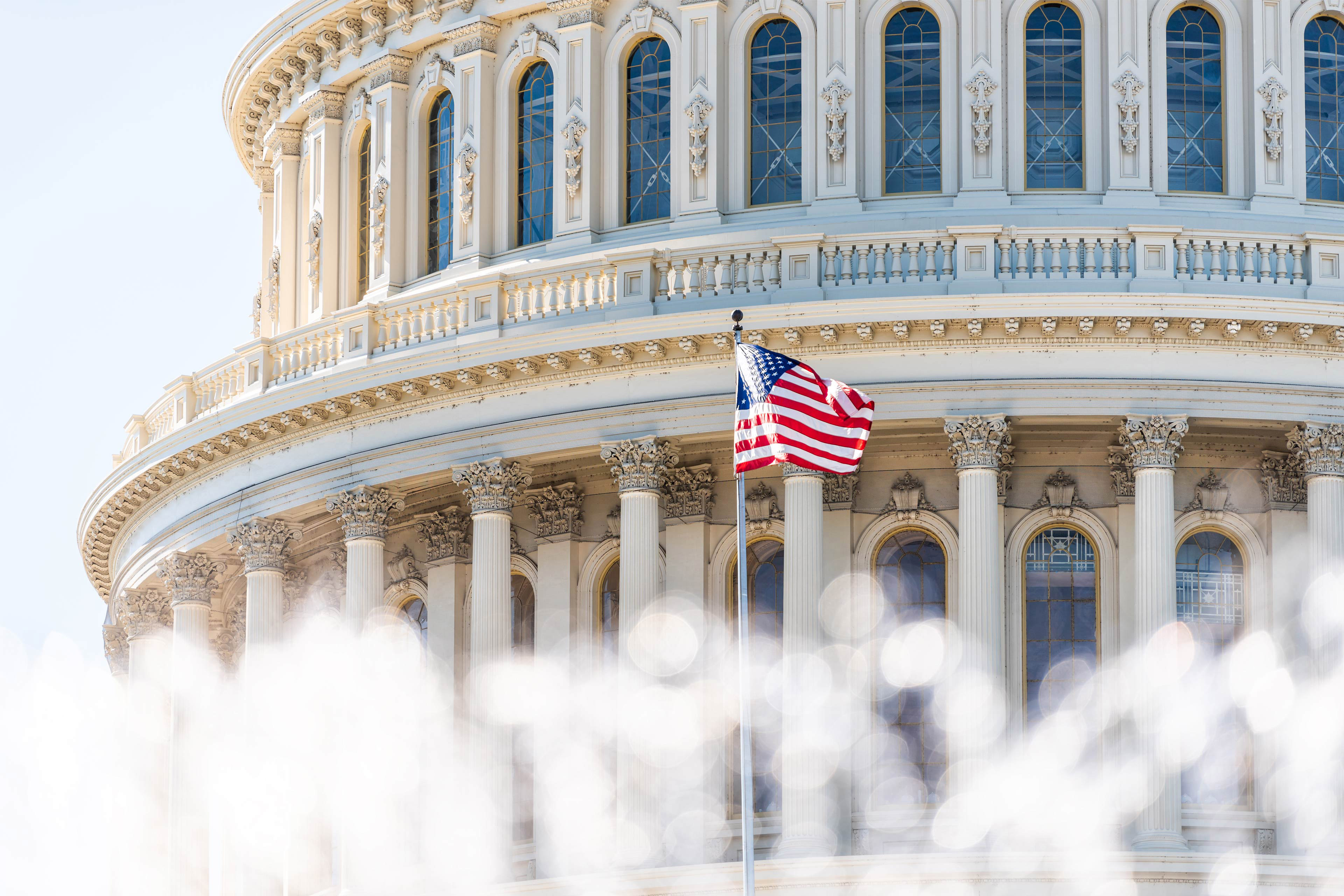Post-2025 outlook for Section 199A
In our opinion, there are basically three options available to lawmakers when dealing with Section 199A:
- Wholesale extension of Section 199A as is
- Allow Section 199A to naturally expire
- Extend but modify Section 199A
For purposes of this article, we are going to focus on the possibility of the second and third options. There have been proposals from the Democrats to limit Section 199A to individuals making less than $400,000, as well as other variants. Thus, for high-net-worth individuals with successful passthrough businesses, a limited Section 199A deduction under current Democratic proposals would have the same result as a wholesale expiration of Section 199A – a 33% tax increase on net business income (presuming the 39.6 % top individual income tax rate was reinstated for these individuals). Conversely, some stakeholders who were left out of Section 199A in 2017 have been urging Congress to expand its scope so that they may avail themselves of the deduction.
In addition to a potential limitation/elimination of Section 199A for the wealthiest taxpayers, there is another Democratic proposal that would expand the NIIT to include nonpassive business income. Thus, it is possible that the top rate on business income could increase by even more than 33% when the calendar turns to 2026; if Section 199A expires and the NIIT applies to all business income, the top rate would rise from 29.6% to 43.4%, an overnight increase of 46.6%.
A moment on the math
When a passthrough business (a business that distributes out all its income to its owners) is compared with a corporation, operating as a passthrough business, from a pure tax-rate perspective, often was historically more beneficial from 1986 through 2017. Putting aside other specific intangible considerations (including the distribution practices of corporations), the math at least was simple – compare a 29.6% federal rate to the double level of tax in a corporation at 39.8% (setting state income tax aside). Thus, for every $100 of business income that is distributed to the owner, the passthrough owner ended up with approximately $70 after tax compared to a corporate shareholder that ended up with about $60.
If Section 199A is no longer available, regular tax rates bounce back to 39.6%, and the NIIT is expanded to nonpassive businesses, then it can create a situation where it is less expensive for the business to operate as a corporation versus a passthrough entity because the corporate shareholder nets about $60 for each $100 of taxable earning compared to $56 for a passthrough owner.
Now, the tax difference between passthroughs and corporations becomes even more stark when earnings are retained by the business. Comparing a flat corporate rate of 21% with a maximum individual rate for passthrough owners of 43.4%, the business will have $79 of after-tax cash if it was a corporation compared to $56 if it operates as a passthrough. The question then becomes, if a corporation can invest an additional $23 in wages, benefits, and/or business expansion – should it convert from a passthrough to a corporation? The answer seems to be an obvious “yes,” but there is much more to the analysis than meets the eye (and taxpayers of course need to factor their broader business goals and unique circumstances into their decision making).
If a business distributes a portion of its after-tax earnings for personal consumption by the owners, the pendulum swings back in the direction of favoring a passthrough business because as a corporation, the distribution will be subject to a second level of taxation. Add in the possibility of a business sale (full or partial) or the potential for a step-up basis at death of senior generation owners, and the model once again starts to favor a passthrough business.
Adding to the mix, there have been proposals to increase the corporate tax rate from 21% to 25% or 28%. The mathematical modelling between operating a corporation and a passthrough is a complicated undertaking even in today’s world where Section 199A is in effect, the NIIT does not cover nonpassive business income, and the maximum individual rate is 37%. When the possibility of a corporate tax rate increase is added in, the model seems to be more akin to a Rubik’s cube.
In short, as complicated as the question of parity was between passthroughs and corporations both before enactment of the TCJA in 2017, and has been since, choice of entity decisions will be even more fraught at least until Congress decides how to address the TCJA cliff at the end of 2025, including whether and how to offset its cost with proposals such as the proposal to increase and expand the scope of the NIIT, particularly when factoring in the unique influences that inevitably guide such decisions.
Show us the money
If Section 199A is allowed to expire, the resulting dramatic increase in federal tax obligation will likely create a cash-flow crunch for many businesses. In a large majority of closely held passthrough businesses, it is common for the entity to distribute cash to its owners to pay their income tax liabilities associated with the passthrough business income. Since 2018, businesses have been accustomed to distributing 29.6% (plus state taxes, if applicable) of their income for the owners to pay taxes. Thus, currently, for every $100 of income earned, nearly $30 is distributed for taxes, leaving the business with $70 to hire new employees, increase compensation and benefits for current employees, or invest in business expansion (either organically through acquisition of new equipment or inorganically by buying new lines of business). In a future where there is no IRC Section 199A and where the NIIT is imposed on all business net earnings, passthrough businesses will need to distribute nearly $44 (plus state taxes, if applicable) of every $100 earned to pay the owners’ taxes. That leaves only $56 inside the business for expansion.
Thus, the question for policymakers (and for government revenue estimators) is, if Section 199A is eliminated and the effective tax rate on passthrough business income increases such that an extra 14% of taxable income needs to be distributed to owners to pay taxes – where will the business find the $14? Will the business react by limiting increases on wages and benefits? Will it reduce capital expenditures? In most cases, it will probably be a combination of the two.







